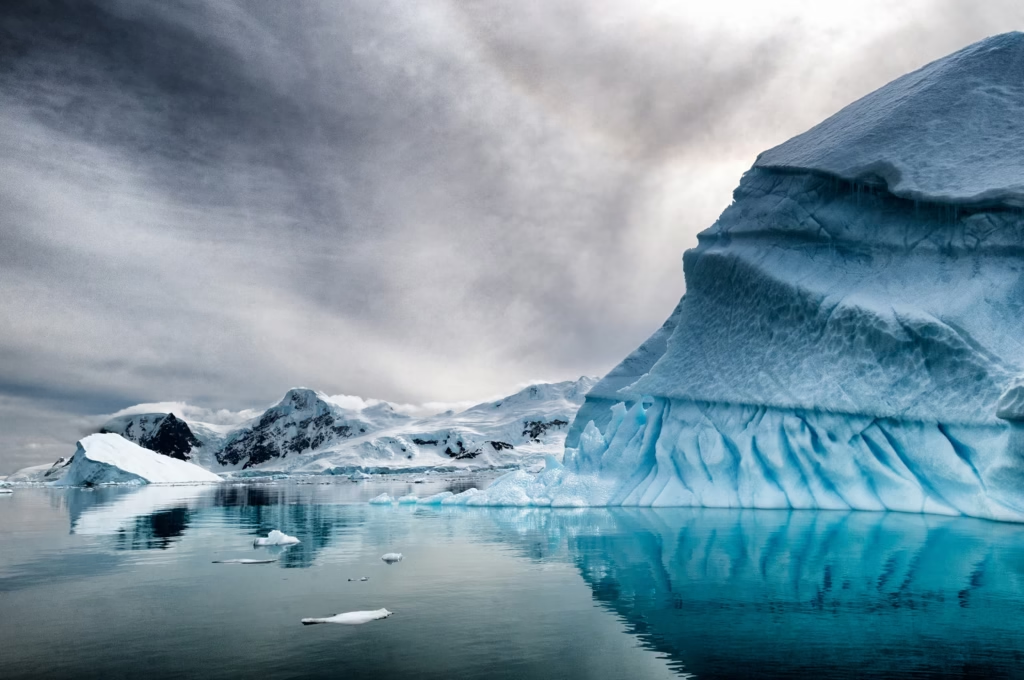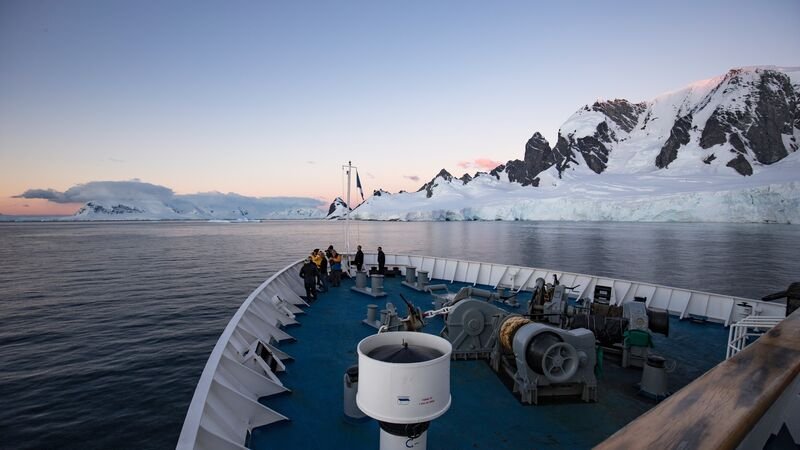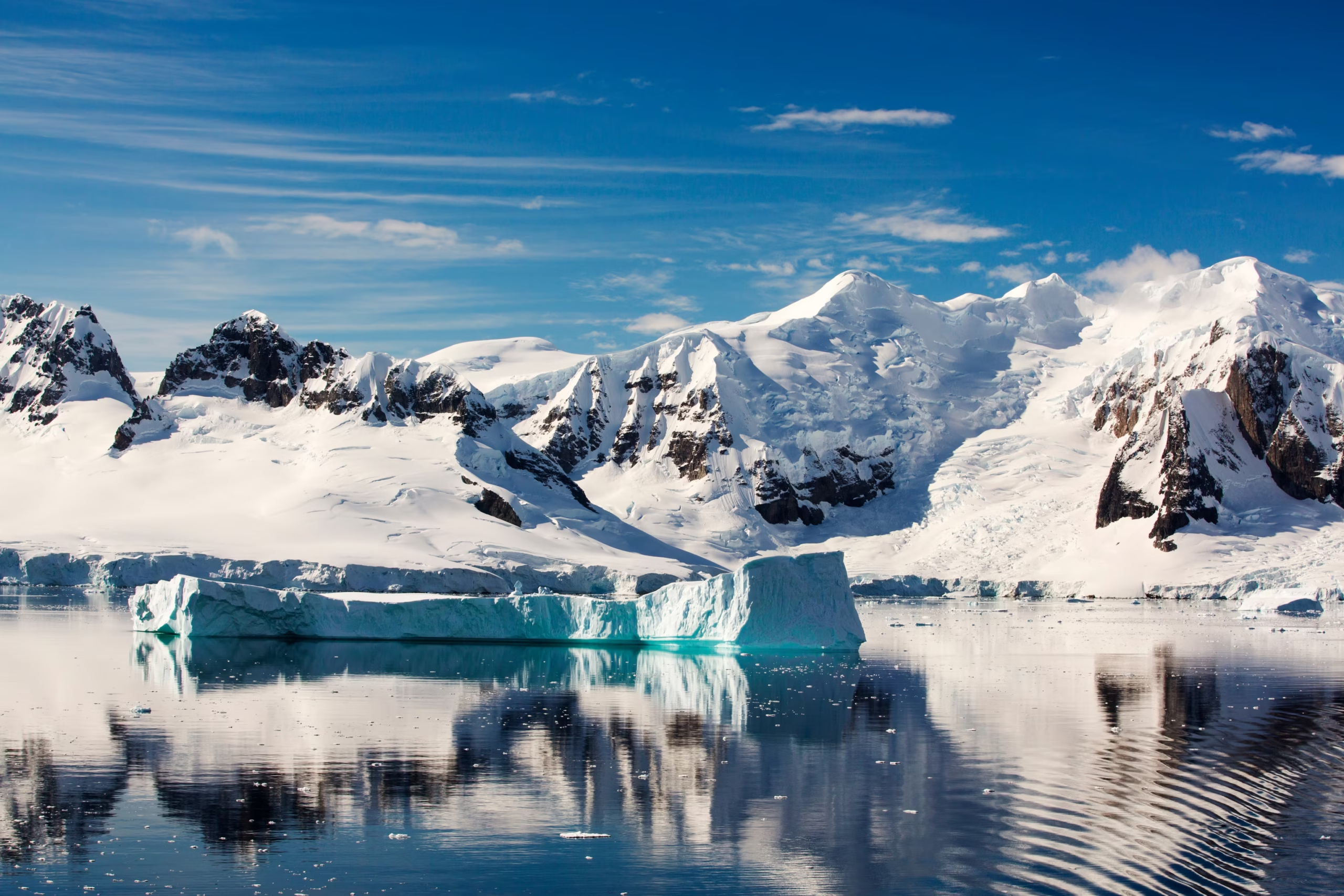As the ship eased away from the dock, I thought about what lay ahead—the quiet, deepening dusk of the Beagle Channel, the monstrous waves of the Drake Passage, and beyond that, Antarctica, shimmering like a reward. This trip had been twenty years in the making, ever since a school geography project first lit a spark in me. Back then, cutting out magazine pictures of penguins and whales for my All About Antarctica poster, I’d felt something stir inside.
I’d pictured icebergs sculpted by the sun, massive and glinting, with penguins darting through the water beside them. Seals lounging on ice floes, albatrosses soaring on their huge wings, humpback whales bursting through the surface. A pristine wilderness, untouched by people.
And now here I stood, on the deck of the MS Fram (named after the famous expedition ship used by Norwegian explorers Fridtjof Nansen and later Roald Amundsen), finally heading south—and toward a new novel.
The Edge of Solitude follows Ivy, a 75-year-old environmental activist who’s lost her standing. Desperate to rebuild her reputation—and mend things with her son—she joins a billionaire’s polar conservation project, one shrouded in controversy. Like me, Ivy’s journey starts in Ushuaia, Argentina, the southernmost city in the world. Fin del mundo. The end of the world, she says, is where everything begins.

But as Ivy travels deeper into Antarctica, she’s forced to confront her past, her ambitions, and what she truly owes the natural world. Just as I did, she witnesses the eerie beauty of drifting icebergs, the glassy black water laced with grease ice like tiny, ghostly jellyfish, and the groaning cracks of glaciers breaking into the sea. She watches penguins, seals, and whales in awe. Yet Antarctica is no untouched paradise.
My last stop was Deception Island—a sheltered harbor inside a volcanic crater. The Fram arrived under thick morning fog. Geothermal steam curled over the black sand beach as I trailed three waddling gentoo penguins. Then, shapes materialized from the white: towering boilers, rusted blubber tanks, simple grave crosses—all remnants of the whaling industry that once thrived here in the early 1900s. Rising suddenly, like a face peering from a darkened window in an empty house, they were a haunting sign of how far human reach extends.
Once I started looking, traces of people were everywhere—research huts marked with national flags, the booming tourism trade, even the shifting landscape from climate change. NASA reports Antarctica loses over 135 billion tons of ice each year. This is a continent caught in the crosshairs of global politics.
The 1959 Antarctic Treaty was meant to preserve it as “a natural reserve, devoted to peace and science.” Its survival depends on worldwide cooperation, and I want to believe it will last—that Antarctica will stay a place for discovery, nature, and human progress. Mostly, I do. Even on the Fram, we were urged to engage with IAATO (International Association of Antarctic Tour Operators), join the Antarctic Ambassadors program, and contribute to projects like Happywhale, where travelers upload whale tail photos to help track marine life.

But the corroded tanks on Deception Island tell another story—one of exploitation and environmental harm for profit. As breathtaking as the humpbacks gliding beside our ship and the penguin colonies half-hidden in snowstorms were, it’s the human side of Antarctica—our dreams and our blunders—that makes for compelling fiction. That’s the story I wanted to tell.
Antarctica will always feel wild—the call of the ocean, the drama of the ice—but it’s also a place for reckoning. A place to face past mistakes and weigh our own desires against our duty to protect and redeem. The Edge of Solitude imagines a world where the Antarctic Treaty has failed. Ivy must grapple with humanity’s long history of destruction. On Deception Island, as in the book, Antarctica becomes a stage where everything—personal conscience, global power, the fate of ecosystems—hangs in the blance.

Leave a Reply